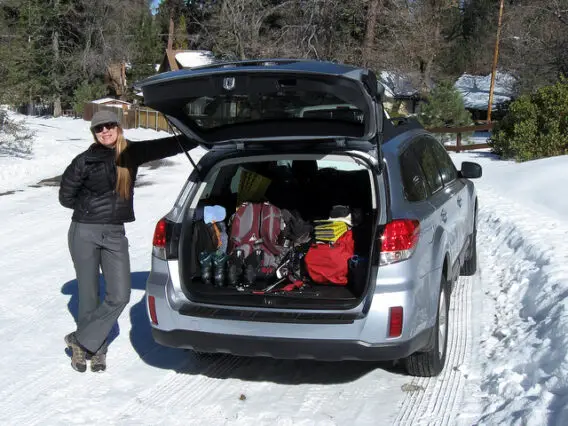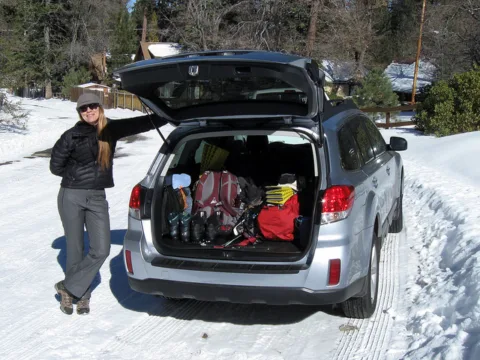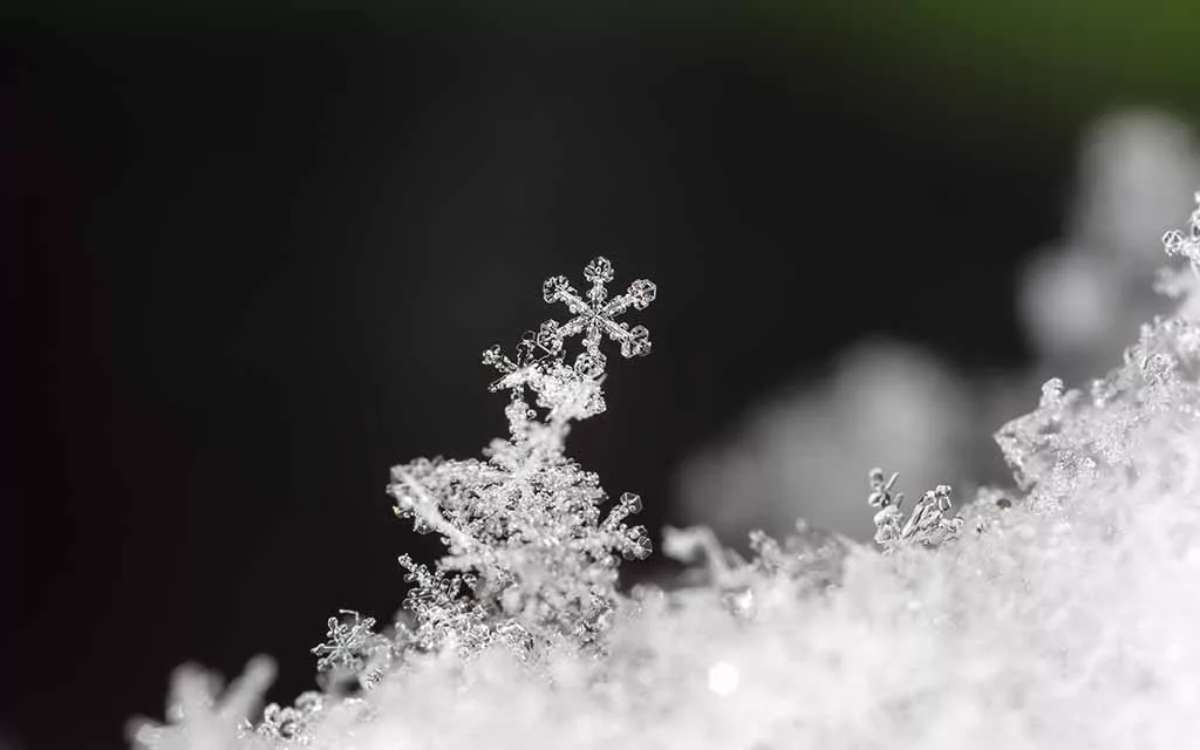Winter driving tips are important to know, especially when the weather forecaster is predicting 6 inches of snow and icy conditions on the roads.
That’s the perfect recipe for driving disaster.
I really can’t overstate the driving dangers that severe winter weather poses — especially black ice.
In fact, researchers at Berkeley conducted research on 1.4 million car crashes and determined the fatal crashes are 14% more likely on the first snowy day of the year. This is thought to occur because drivers have to reacquaint themselves to the winter road hazards each year.
So, how can you avoid becoming a statistic when you’re driving this winter?
You can improve your odds of avoiding skids, bumps, and bruises by following these 4 winter driving tips:
#1 – Prepare Your Car For Winter Driving
By the time winter rolls around, you’ll want to make sure your car has been inspected by a mechanic to ensure the following are in proper working order:
Once these components have been repaired or replaced (if necessary), be sure to keep your car on a proper maintenance routine throughout the winter. Here are some guidelines.
Also, make sure that your car’s coolant system has the proper amount of antifreeze, and use no-freeze windshield washer fluid. Coolant that’s diluted or weak can freeze when the temperature drops below 32 degrees Fahrenheit.
#2 – Practice Winter Driving Before You Hit Icy Roads
I mentioned something earlier about research showing that more crashes happen during the first snowy day because many drivers aren’t accustomed to the winter road conditions.
You could, however, practice driving on slick, icy, snow-covered pavement before going out on the road.
A great place to practice your winter driving skills is in a large parking lot when the pavement is covered in ice or snow.
You’ll want to practice the following during daylight hours:
- Reversing your car on the ice or snow
- Steering your car into a skid
- Stomping on antilock brakes (or pumping non-antilock brakes) to get a feel for how your car will respond when the brakes are applied
- Coming to a complete stop with the knowledge that it takes longer to brake — and stop safely — on icy roads
#3 – Keep Emergency Supplies In Your Car
Unfortunately, many people wind up getting stranded in the car when winter road hazards make a section of highway temporarily impassible.
So, you’ll want to make sure that you’re prepared to take shelter by making an emergency kit.
Here are 8 essential supplies that you should always keep in your car during the winter months:
- Flashlight
- Jumper cables
- Shovel
- Snow brush
- Ice scraper
- Blankets
- Road flares or other warning devices
- Abrasive material such as sand or kitty litter
If you’re taking a longer road trip, I’d also suggest stocking the following items in your car:
- Food
- Water
- Medications
- Cell phone
- Fully stocked diaper bag (if you’re traveling with very young children)
Must read: Top 10 Survival Kits And Why Everyone Should Have One
#4 – Have A Plan In Case You’re Stopped Or Stalled On The Road
You need to know what you’re going to do if you should become stranded or stuck while you’re on the road.
- Don’t go wandering off! If you happen to trip and fall — or get lost — while walking along a road during severe winter weather, you may become immobile and could suffer from hypothermia or other dangerous conditions.
- Stay with your car and hang a bright cloth on the roadway side of the vehicle — either from the car’s antenna, on the side view mirror, or on the door handle.
- Leave the dome light and/or other interior lighting on to help improve your car’s visibility. But only do this while the car is running.
- If you have to keep the car running to stay warm, make sure the exhaust pipe is clear of snow and debris. Otherwise, a blocked tailpipe could result in dangerous carbon monoxide fumes backing up into the car.
More Winter Driving Tips That Could Save Your Life
- 5 Key Steps To Staying Safe In Winter Weather Driving
- How To Drive A Car In Winter Weather
- Winter Driving Preparedness 101
- 5 Clever Car Tricks For Winter
- Video: Police Show Driving Tips For Winter Driving
- Winter Driving Tips From AAA
I'm a weather geek from Florida who's been studying meteorology and watching weather patterns for years! I enjoy sharing little-known facts and fun stuff about the weather. I especially like sharing interesting details about weather events and conditions that can affect you… and how to prepare for Mother Nature's ever-changing weather patterns.










